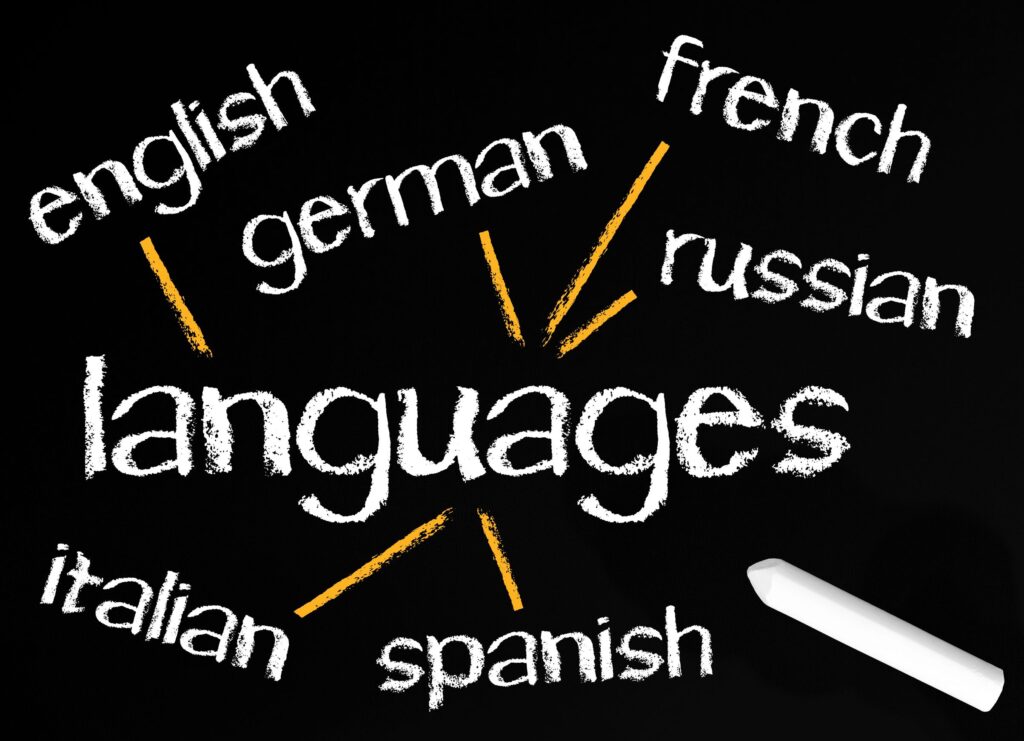Video games are a huge global industry, and as the gaming market expands into new territories, localization becomes increasingly important. Professional video game localization can ensure that your game is properly understood by gamers in different parts of the world, increasing its appeal and potential for success. In this blog post, we’ll take a look at why professional localization is so crucial for video games, and explore some of the challenges involved in the process.
What is localization, and why is it important for video games?
Localization is the process of adapting a product or content to a specific locale or market. When it comes to video games, localization involves translating the game’s text and audio into different languages, as well as making any necessary adjustments to ensure that the game is appropriate for its new audience.
There are several reasons why professional localization is so important for video games.
First and foremost, it allows gamers in different parts of the world to enjoy your game in their native language. This not only makes for a better gaming experience but also helps to increase your game’s reach and potential sales.
Additionally, localization can help you avoid any cultural missteps that could potentially alienate or offend your new audience.
What does it mean to localize video games?
Localizing video games is a complex process that often requires the work of multiple professionals, including translators, voice actors, and game designers. The first step is to translate the game’s text and audio into the target language. This can be a challenge in itself, as technical terms and idiomatic expressions often don’t translate directly from one language to another.
Once the translation is complete, it’s important to ensure that the game still makes sense within its new cultural context. This may involve making changes to gameplay mechanics or altering certain visual elements.
Localization can also be a tricky balancing act when it comes to keeping your game true to its original vision while also making it appealing to a new audience. It’s important to strike the right balance so that your game is still recognizable and enjoyable to fans of the original, while also feeling fresh and new to players who are experiencing it for the first time.
What challenges does localization present?
While professional localization can be a major asset for any video game, it’s important to keep in mind that the process can present some challenges. One of the biggest challenges is simply finding the right people for the job.
Translators need to be not only fluent in both the source and target languages but also have a deep understanding of gaming culture and terminology. Voice actors need to be able to capture the essence of the original performance while still sounding natural in their new language. Game designers need to be able to make necessary changes without compromising the integrity of the game.
Another challenge is keeping track of all the different elements that need to be localized. This includes not only the game’s text and audio but also any artwork, menus, and user interface elements. Ensuring that everything is properly translated and updated can be a time-consuming and daunting task.
Finally, it’s important to remember that localization is an ongoing process. As your game continues to grow and expand into new markets, you’ll need to continue to update your localization efforts to keep up with the changes. This means that there’s always a potential for new challenges (and opportunities) down the road.
How long does it take to localize a video game?
The answer to this question can vary depending on the size and scope of the game, as well as the number of languages it’s being translated into. For a smaller game, the localization process might take just a few months from start to finish. For a larger game with more complex systems, it could take upwards of a year or more.
It’s also important to keep in mind that localization is an ongoing process. Even after your game is released, you’ll need to continue to update your localization efforts to keep up with any new content or changes. This means that there’s always a potential for new challenges (and opportunities) down the road.
What are some common mistakes made during localization?
One of the most common mistakes made during localization is failing to properly account for cultural differences. This can often lead to offensive or alienating content that turns off your new audience. Another common mistake is assuming that players in other countries are just like players in your home country. This can lead to a lack of understanding of how certain gameplay mechanics or features might be received in another culture. Finally, failing to properly test your localized game before release can result in serious technical problems that negatively impact the player experience.
Localization is a complex and challenging process, but it can have a major impact on the success of your game. By taking the time to understand the challenges and opportunities involved, you can ensure that your game is able to reach its full potential in any market.
Tips for choosing the right company to localize your game
When choosing a company to localize your game, it’s important to consider a few different factors.
First, you’ll want to make sure that the company has experience with video game localization. This will ensure that they understand the unique challenges involved and have the necessary tools and resources to get the job done right.
Second, you’ll want to look at the size of the company and their team. A larger company will usually have more resources available, but a smaller team might be able to provide more personal attention and care for your project.
Finally, you’ll want to ask about pricing and turnaround time.
Choosing the right company for your video game localization can be a complex and challenging process, but it’s one that can have a major impact on the success of your game. By taking the time to understand the different factors involved, you can ensure that your game is able to reach its full potential in any market.
So what does all this mean for you? If you’re releasing a video game in more than one language, it’s important to have a localization strategy that takes all of these things into account. This is where professional translation and localization services come in – to ensure your video game will be well-received by international audiences.
Contact us today to learn more about our video game localization services, and how we can help make sure your next big release is playable around the world!



